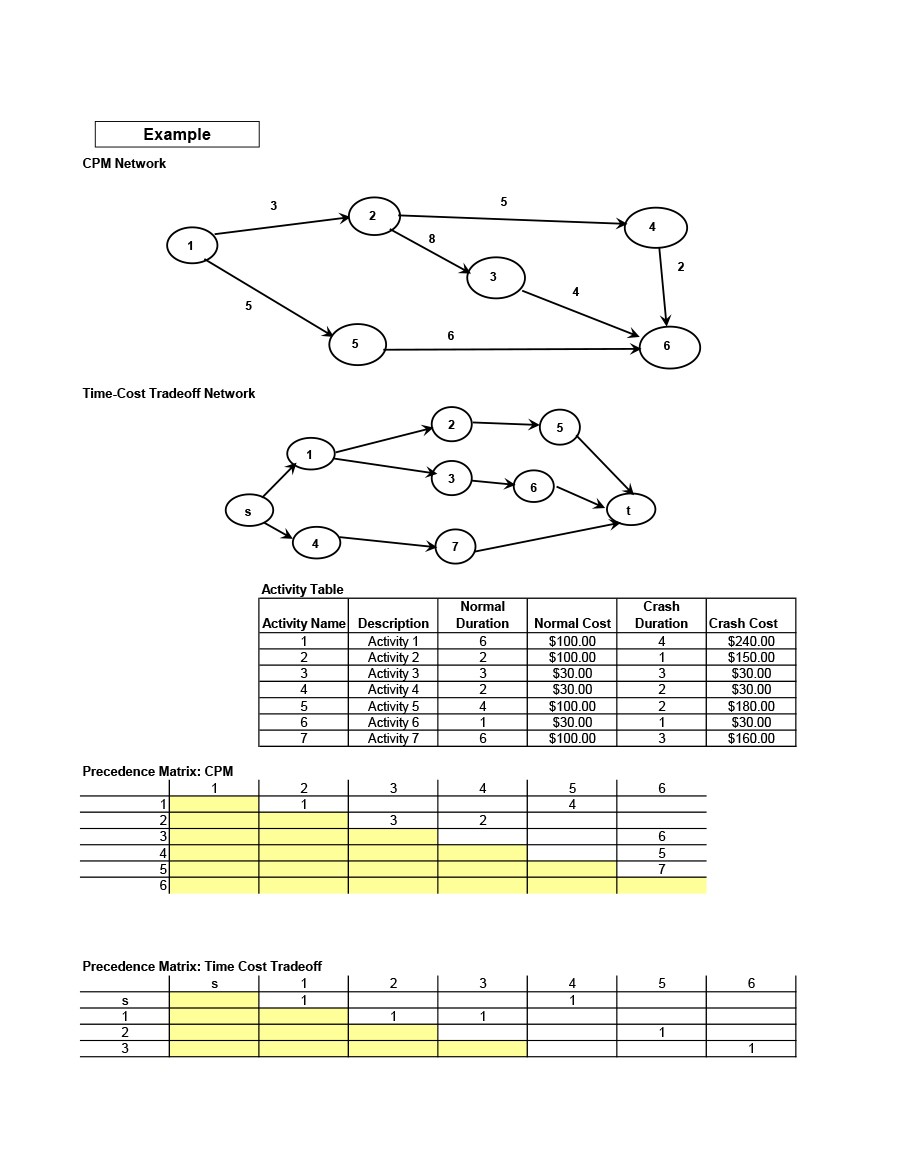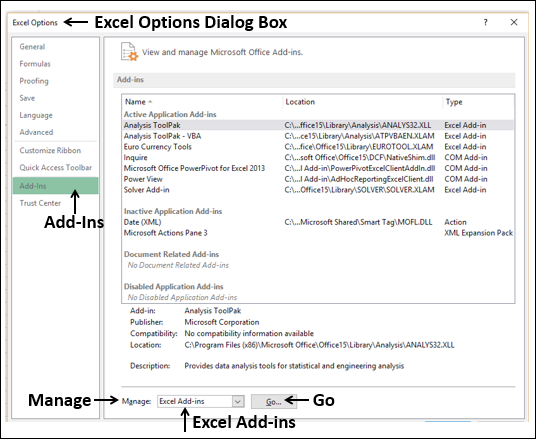
This means that we should build 23 pallets of Tahoe panels, 15 pallets of Pacific panels, 39 pallets of Savannah panels, and 0 pallets of Aspen panels. This results in a total profit of $58,800 (shown in cell F5). After a moment, the Excel Solver returns the optimal solution in cells B4 through E4. To find the optimal solution, we simply click on the Solve button. (Click on the image to see it full-size.) Frontline's Premium Solver products can emulate either style, and they also offer a new Ribbon-based user interface. This is the Excel Solver dialog from Excel 2010 the Solver in earlier versions of Excel have similar elements. When we've completely entered the problem, the Solver Parameters dialog appears as shown below. (Alternatively, we can check the Make Unconstrainted Variables Non-Negative option in the Solver Parameters dialog.)

We choose the Add button again (either from the Add Constraint dialog above, or from the main Solver Parameters dialog) to define the non-negativity constraint on the decision variables. (Click on the image to see it full-size.) To add the constraints, we click on the Add button in the Solver Parameters dialog and select cells F8:F11 in the Cell Reference edit box (the left hand side), and select cells G8:G11 in the Constraint edit box (the right hand side) the default relation <= is OK.

In the By Changing Variable Cells edit box, we type B4:E4 or select these cells with the mouse.

In the Set Objective (or Set Target Cell) edit box, we type or click on cell F5, the objective function. To let the Excel Solver know which cells on the worksheet represent the decision variables, constraints and objective function, we click Solver button on the Excel Data tab, or the Premium Solver button on the Add-Ins tab, which displays the Solver Parameters dialog. Using Excel's Built-In Solver - Product Mix Example Understanding the Excel Solver Dialogs


 0 kommentar(er)
0 kommentar(er)
